Human beings have been telling stories for as long as we have roamed this Earth. Storytelling has gone from oral tradition to a natural part of the cinematic landscape. And in-between it all, we have learned how to end a story. Throughout our years telling stories, we have learned that there are ultimately four ways to end one. We will be going over each of these four ending types and explaining their characteristics for knowing how to end your screenplay. Let’s begin at the beginnings before we end with the endings!
Get your FREE Character Arcs & Endings Worksheet
Enter your email so we can send you the free writing worksheet (made in Google Drive).
How to End a Story
Four endings & "want" vs "need"
How will your story end? If you want to know how to end a story, you have to know the hero’s “want” and “need.”
A “want” is an external desire that the hero is fully aware of. This external want is what will, at least initially, drive the plot. That want could be any number of things — a trophy, a bank heist, saving the world, and so much more.
A “need” is an internal desire that the hero is not aware of, but ends up driving them through their character arc. And unlike an external want, an internal need is much more relatable to audiences, as these needs are usually universal in nature. Needs can include learning to value friendship over money, accepting love from others, or realizing what really matters by the story's end.
The four ending types that we will be looking at involve combining and mixing the wants and needs of the heroes. These specifically are endings where the protagonist gets:
- what they want and need (sweet)
- neither (bitter)
- only what they need (semi-sweet)
- only what they want (bittersweet)
For our examples, we will utilize StudioBinder’s screenwriting software for script excerpts. This also makes it easier for you to read a script excerpt here, along with accessing the whole script to better understand how to end a story. In this way, you will have the clearest view of how to end your screenplay with one of the four endings.
So, without further ado, let’s get right to it.
How to End Your Story
The Sweet Ending
We start our journey with the sweet ending, which is where the hero gets what they want along with what they need. And there are not many examples much sweeter than Back to the Future.
How to End a Story • Subscribe on YouTube
In the film, Marty McFly wants to be a rock star, but he lacks the proper confidence to make it work. This is fueled by his father George, who is completely lacking in confidence (or self-worth). So Marty’s need is to be the opposite of his father, while also achieving his want of being a rock star.
However, Marty’s wants and needs change when he is sent from 1985 to 1955. He accidentally takes his dad’s place when he meets his mom and now he’s at risk of being erased from existence. Luckily, Marty succeeds in upping his dad’s confidence and getting his parents to fall in love.
Additionally, he’s able to realize his initial want of being a rock star at the Enchantment Under the Sea dance.
By the time he returns to 1985, Marty’s initially humdrum home life has radically improved, thanks to Marty pushing George to be a more confident man in 1955. In short, Marty got his wants and needs by helping other characters achieve their wants and needs.How to End a Screenplay • Read the script here
A sweet ending like this, where the hero archives his wants and needs, can be hard to pull off. But if Marty hadn’t gone back in time in the first place, the ending would never have happened. What’s more, against all odds, he, along with Doc Brown’s help, got his parents back together and was able to get back to his own time.
If the screenwriters had trouble knowing how to end a script, Marty might have succeeded through dumb luck or by doing nothing himself, and these are not the best ways to end a story.
For more, including a complete breakdown, read the entire screenplay for Back to the Future.
How Do You End a Story
The Bitter Ending
So how will your story end when the hero gets neither what they want or what they need? In that case, you get a bitter ending, which is exemplified wonderfully in Francis Ford Coppola and Mario Puzo's adaptation of Puzo’s The Godfather.
How to End a Story • Subscribe on YouTube
In The Godfather, Michael Corleone does not want to be like his family. He may be at his sister’s wedding, but he lets his girlfriend Kay know that the business his family deals in does not represent who he is or who he wants to be. For Michael, his want is to live a normal, legitimate life.
How to End a Screenplay • Read the script here
However, once Michael hears about his father’s assasination, his want changes from “live a normal life” to “revenge.” His need, however, remains unchanged: he needs to remain a good person, to avoid the darkness that comes from living the life of a crime boss.
However, due to his drive for revenge, Michael kick starts his downward spiral into darkness. He kills the men who tried to kill his father and later he takes over the family business.
By the final scene in the film, we know Michael is forever changed. For no matter how much he may have tried, Michael chose to be part of the life he so vigorously opposed. And in the end, he achieves neither his want nor his need.
How to End a Script • Read the scene here
It’s important to know that a bitter ending is also a tragic one, which is how to end a script like The Godfather’s. And in a great tragedy, the hero makes it to their bitter end all on their own. If the bitter end happens out of nowhere, or because of outside influences, it can feel cheap, as they are bad ways to end a story. Other potentially bad ways to end a story are if the negative actions of the hero lead to a sweet ending or if they succeed in some positive way.
For more, including a complete breakdown, read the entire screenplay for The Godfather.
How to End Your Story
The Semi-Sweet Ending
The semi-sweet ending is one of the most common endings used. It’s when the hero gets what they need, but not what they want, often through a positive change character arc. So, if you want to know how to end a script semi-sweetly, look no further than Rain Man.
How to End a Story • Rain Man
Rain Man is the story of Charlie Babbitt, a man whose only concern when his dad dies is to get his inheritance. Charlie’s want is as clear as day, but someone stands in his way: his long-lost brother, Raymond — the beneficiary. Charlie then “kidnaps” Raymond to ensure that he gets his share of the inheritance.
How to End a Screenplay • Read the script here
However, over the course of the movie, Charlie’s want makes way for his emerging need: to reconnect with his family. He learns to understand Raymond as a person and this helps heal deep wounds tied to Charlie's relationship with their father. In the end, Charlie rejects the money.
How to End a Screenplay • Read the scene here
Additionally, Charlie sacrificing his want of inheritance for the need to keep Raymond as his brother (and as a family connection) is a strong example of positive character development. This is the primary reason the semi-sweet ending is so common, as it provides the most opportunity for a character to positively change over the course of a story. Strong character development is thus one of the great ways to end a story.
How Do You End a Story
The Bittersweet Ending
Our last ending is the bittersweet, when the hero gets what they want, but not what they need. As the name might suggest, it’s just behind “bitter” for the lowest ending a story can have. Even when it looks like the hero has won, the hero themselves has to wonder if it was worth it.
So how will your story end if it’s bittersweet? Let’s take a look at the ending of Paul Thomas Anderson’s There Will Be Blood.
If you’re familiar with the ending, you may be thinking: what on earth is sweet about this ending? True, it’s more bitter than sweet, but let’s think about the definition we’ve laid out. Daniel’s goal from the outset of the film was to become exorbitantly rich.
By the end of the runtime, Daniel has achieved his goal: he is exorbitantly rich. Let’s look at how Anderson begins the final scene of the film:
How to End a Screenplay • Read the script here
Anderson emphasizes just how wealthy Daniel has become, describing his home as a mansion, and detailing the bowling alley as a “very large party area” within the “Plainview Estate.”
So Daniel got what he wanted. But Anderson is just as quick to point out that he didn’t get what he needed: “There are empty liquor bottles around… signs of a mess/booze/trouble.”
Daniel’s in bad shape, and it’s because he sold his soul for a profit. It’s only natural that when his nemesis, Eli, arrives, he has no patience for him
It can be hard knowing how to end a story, as endings are sometimes the hardest part of a story to write. But knowing these four ways to end a story can help ensure that you not only know how to end a story, but that your ending pays off. Making sure character actions are consistent, that plot details get followed up on, and that things come together in a meaningful way will ensure your ending, and ultimately story, have the intended effect.
Choose your ending and construct a perfectly matched character arc with our FREE downloadable and interactive worksheet below.
Free downloadable bonus
FREE Download
Character Arc + 4 Endings Worksheet
Download this interactive worksheet to help guide both your character's arc and the type of ending you're aiming for. By laying out the Wants and Needs of your character in advance, you'll be able to construct a character arc and ending that are perfectly matched and ultimately satisfying.
UP NEXT
Character Archetypes
Now that we’ve gone over how to end a story, let’s get into the types of characters who populate these stories. Our article defines what an archetype is while providing you with in-depth examples from both cinema and television, all of which can help you to better understand how to end your screenplay.

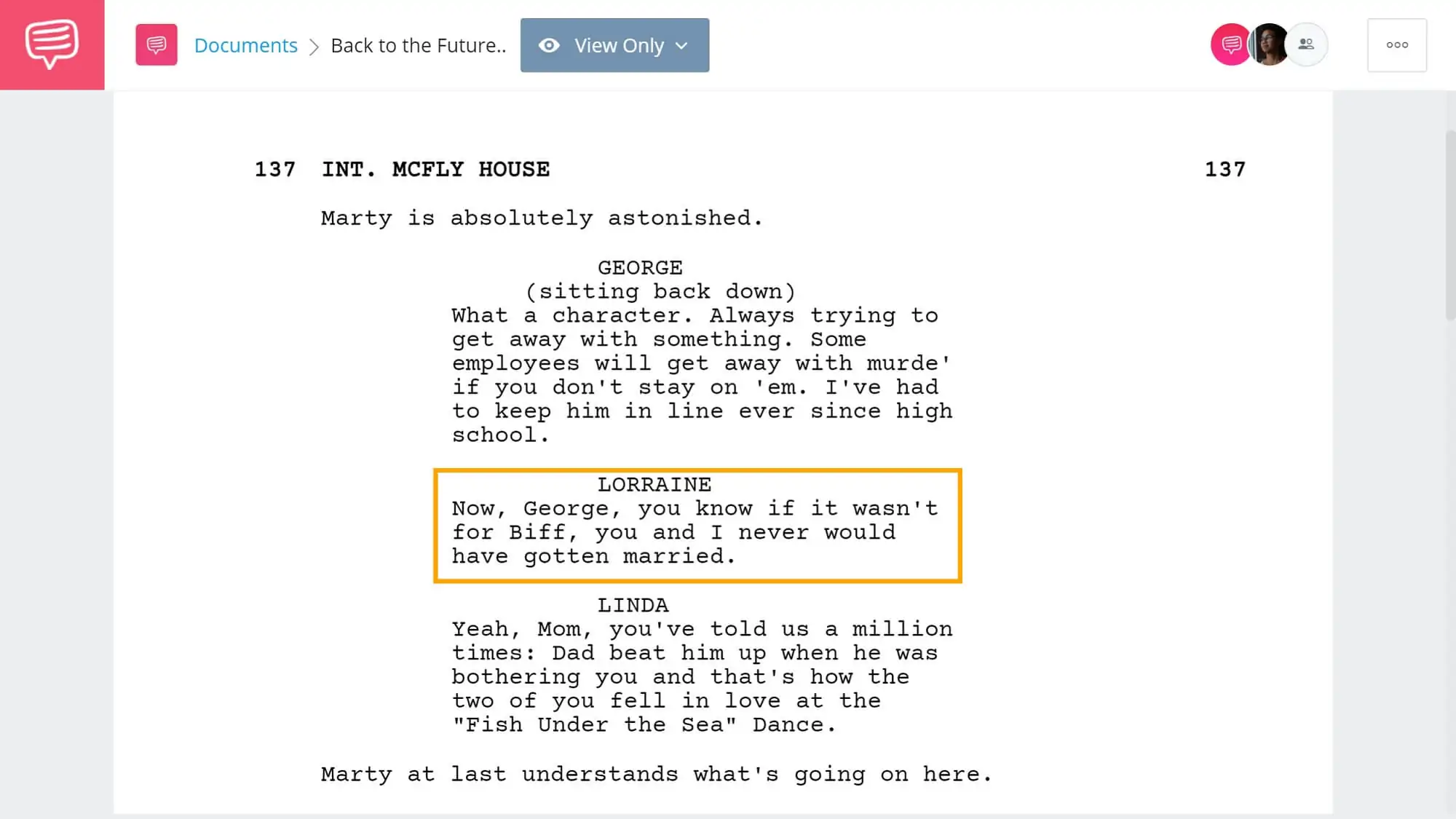
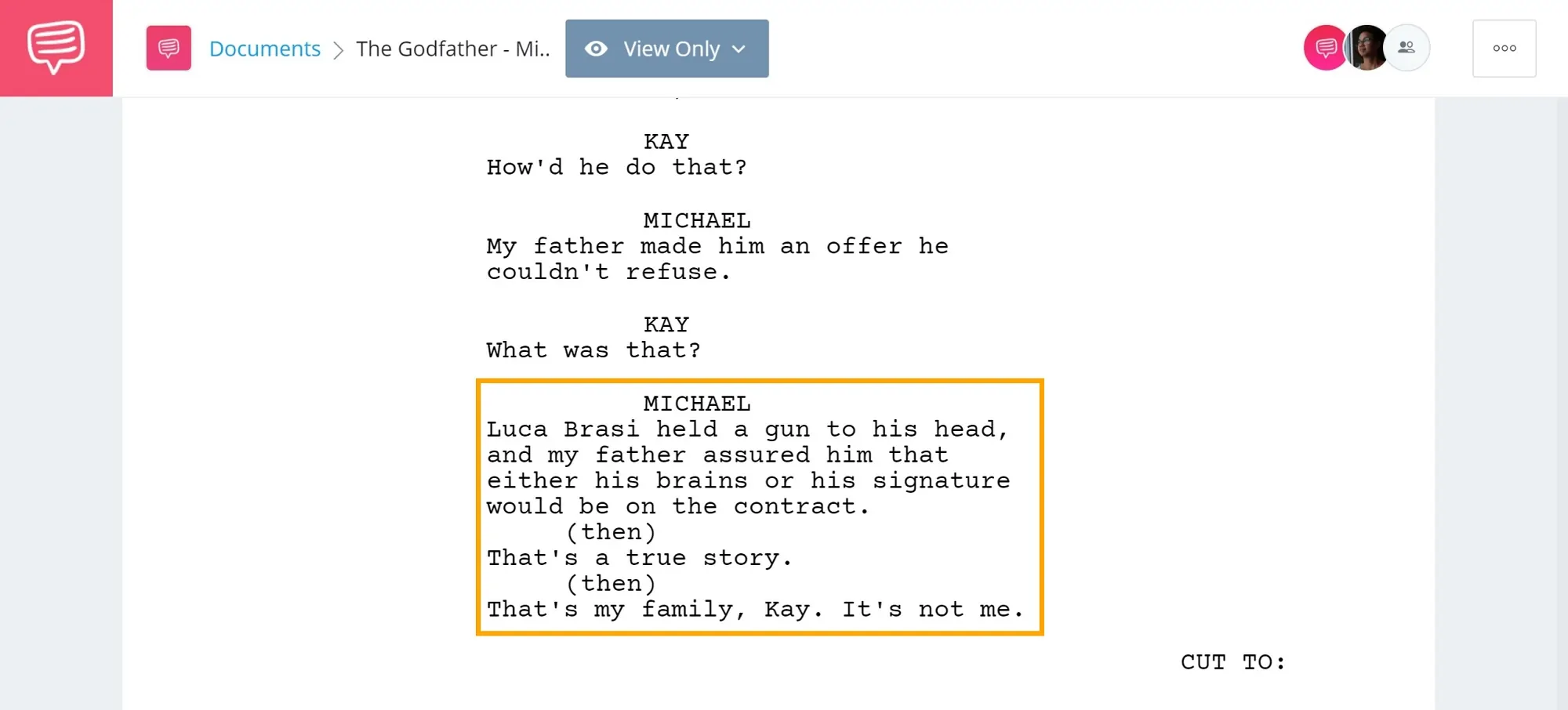
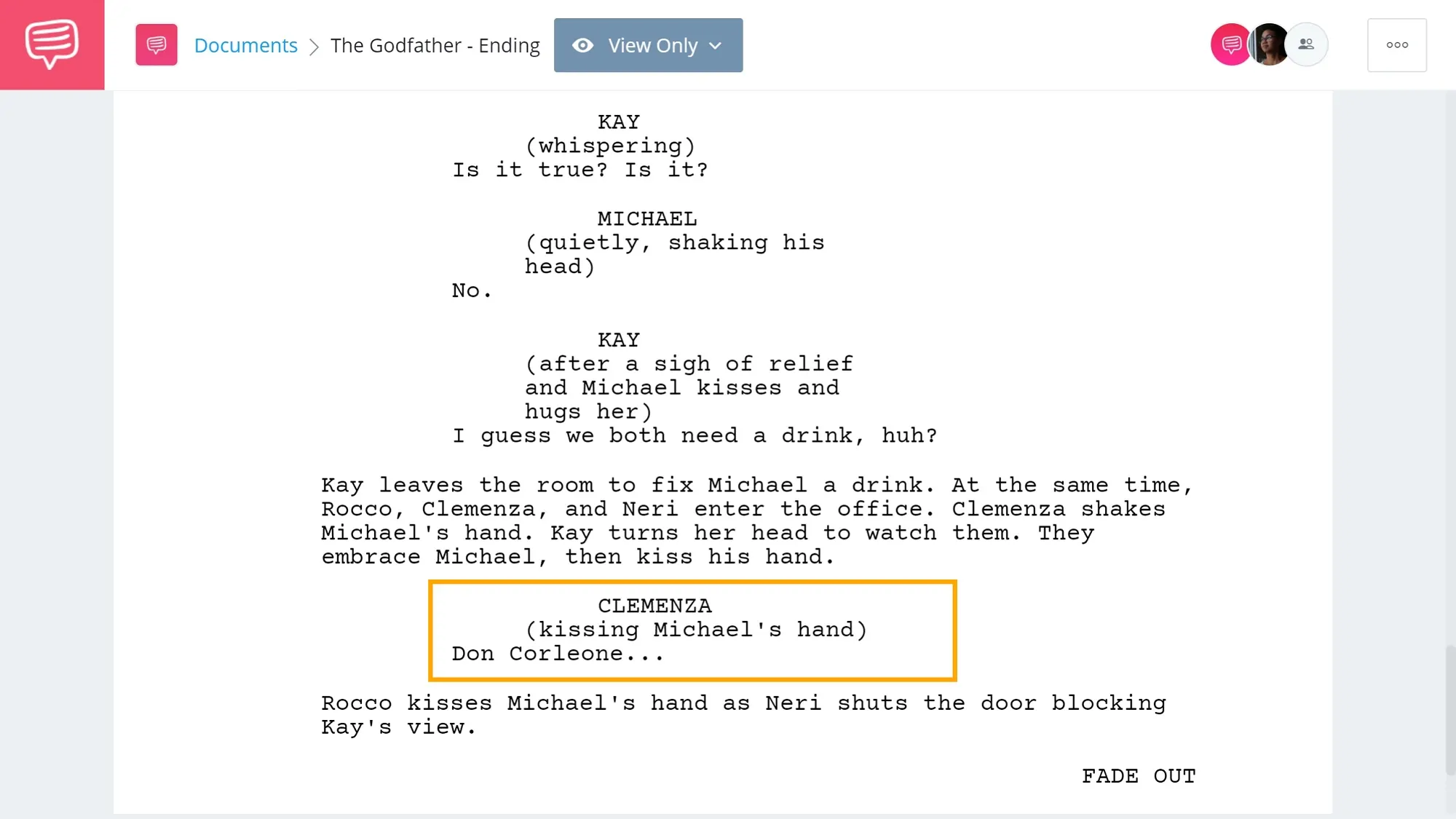
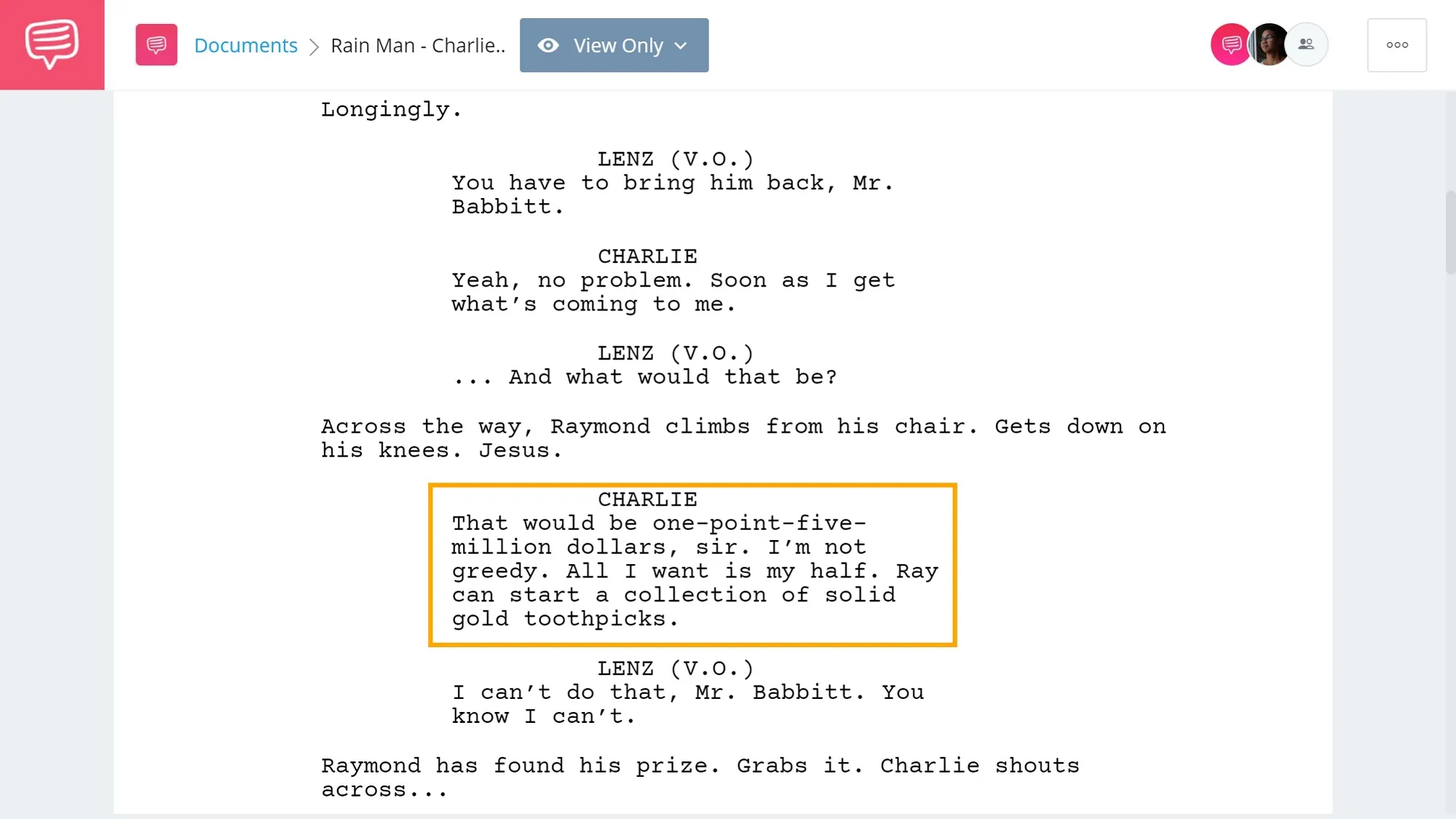
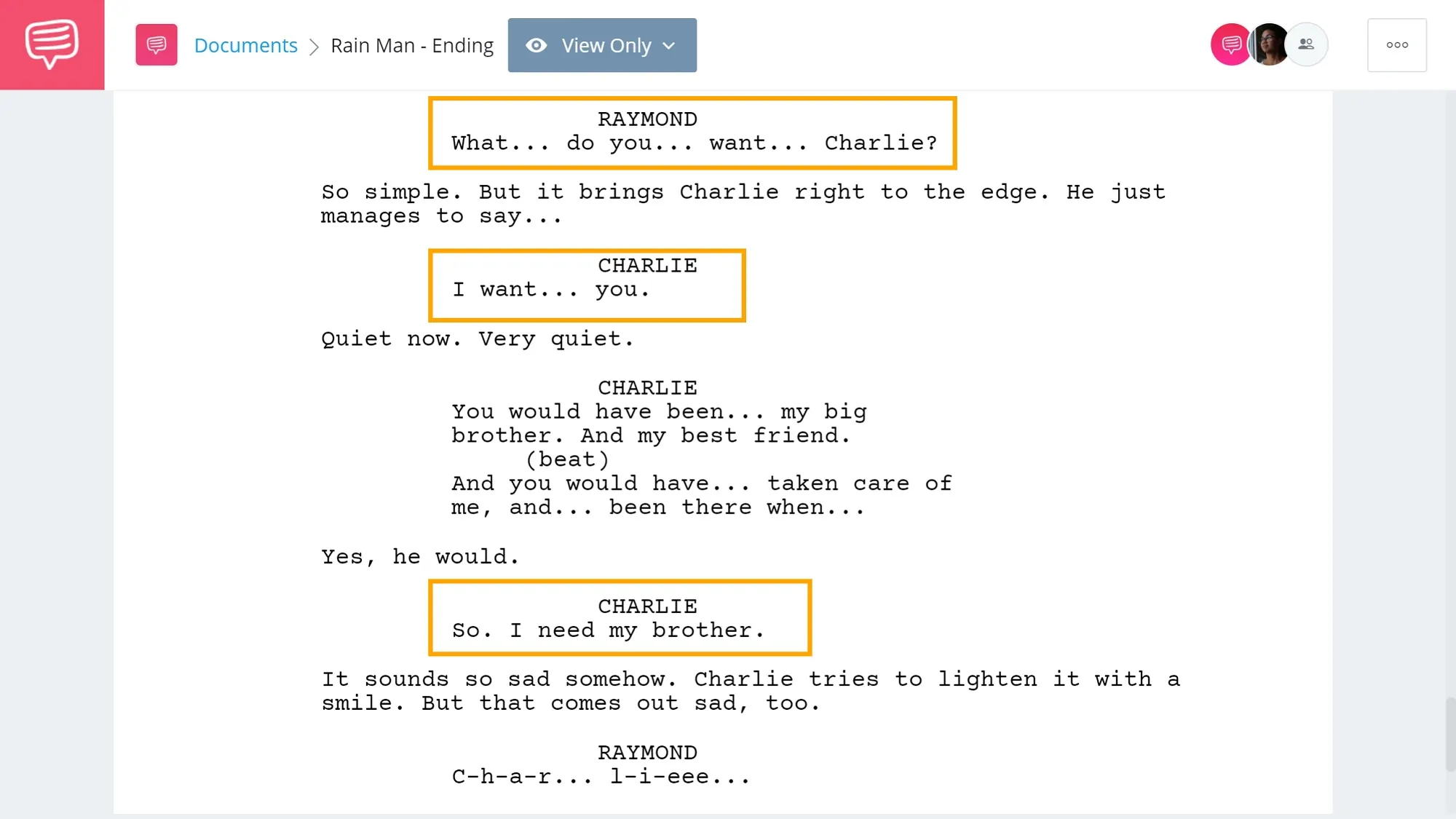
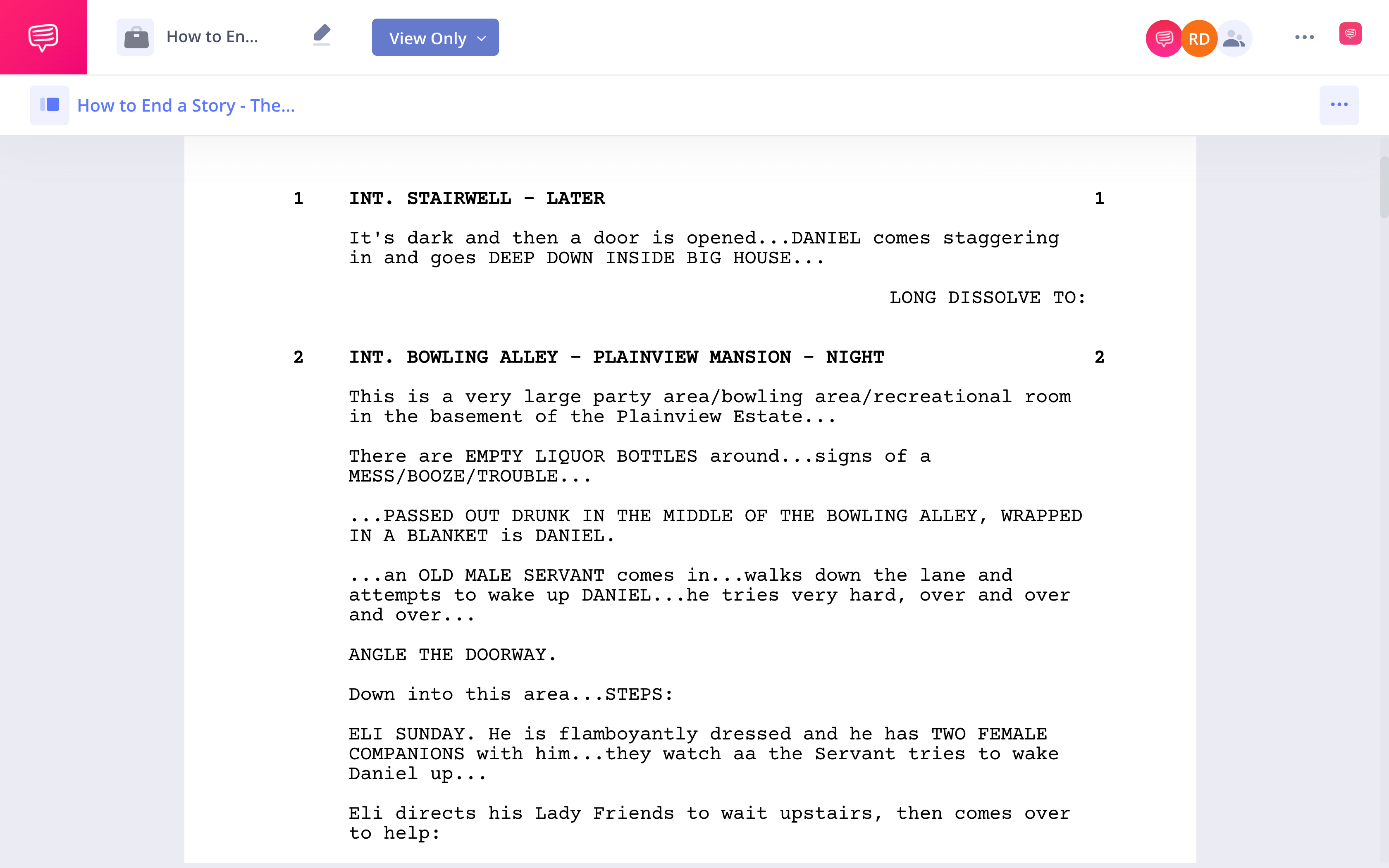
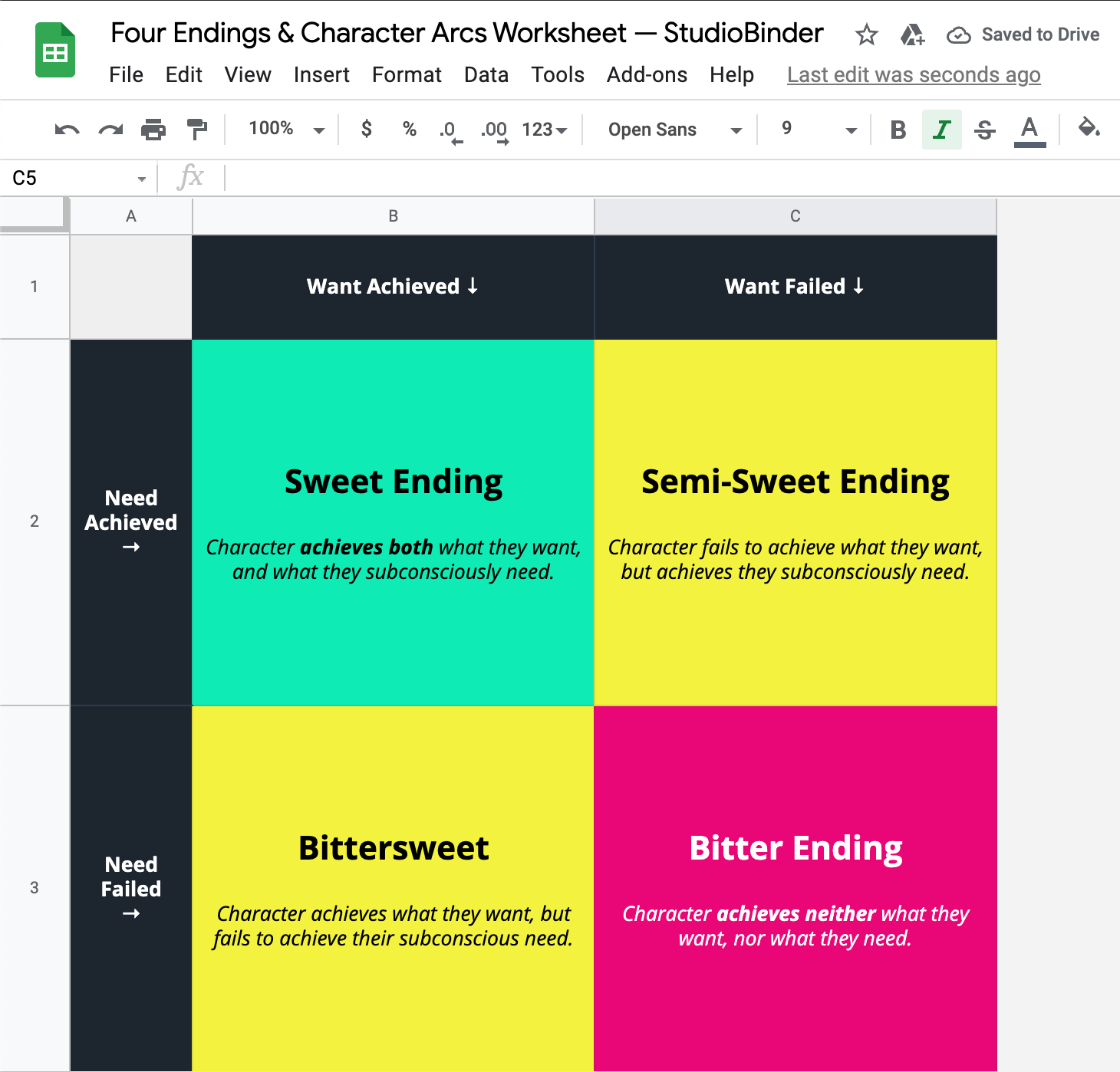
Muy buen trabajo el que alli desarrolan.